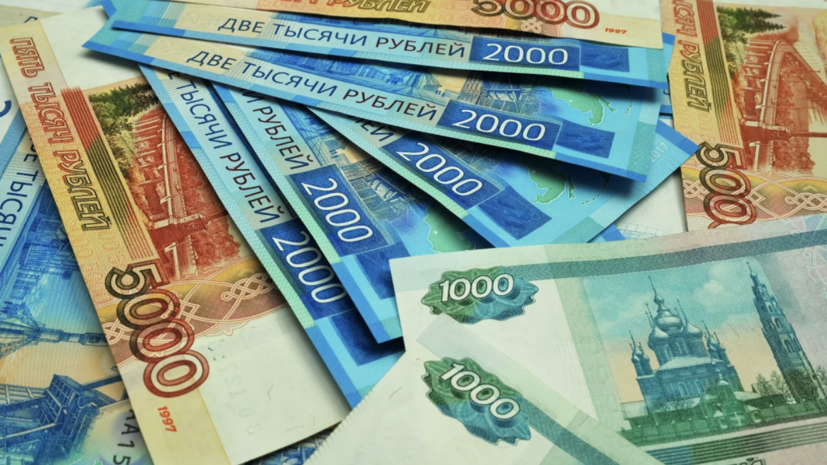The press service also clarified that 18,246,716 microloans were issued in 2019, while 19,039,526 were issued in 2020.
As explained in the NBCH, the last three months, the number of loans issued "to payday" is at the level of 2.1-2.3 million per month.
"At the same time, over the past couple of months, the rate of issue has been slightly decreasing," the press service told RT.
But in general, as experts explained, the microloan segment has fully recovered after the reduction in issuance in the spring of 2020.
It is noted that in microfinance organizations (MFIs), borrowers, as a rule, receive loans for small amounts.
“The most popular are payday loans in the amount of 5-10 thousand rubles.
At the same time, it should be noted that MFIs do not have such high requirements for the personal credit rating (PCR) of the borrower to receive small loans.
For example, the average score of an MFI client's PCR is 500 points, while in banks it is 650 points, ”the National Bureau of Credit Histories added.
On the part of Russian parliamentarians, proposals have repeatedly appeared to regulate the work of microfinance organizations in connection with complaints from citizens.
So, in June, State Duma deputy Ivan Sukharev proposed to halve the size of the maximum permissible daily interest on microloans.
In addition, in the spring, the leader of A Just Russia, Sergei Mironov, proposed to ban microfinance organizations in Russia altogether, and write off their debts to borrowers, noting that "the activities of MFOs lead to a catastrophic impoverishment of people."
From July 1, 2020, Russia introduced new restrictive requirements for participants in the microfinance market.
As explained in the Bank of Russia, the minimum size of a microcredit company's own funds should be 1 million rubles.
In addition, there were requirements for the business reputation of the management of a microcredit company, which relate, for example, to the absence of proceeds from crime, an outstanding criminal record.

